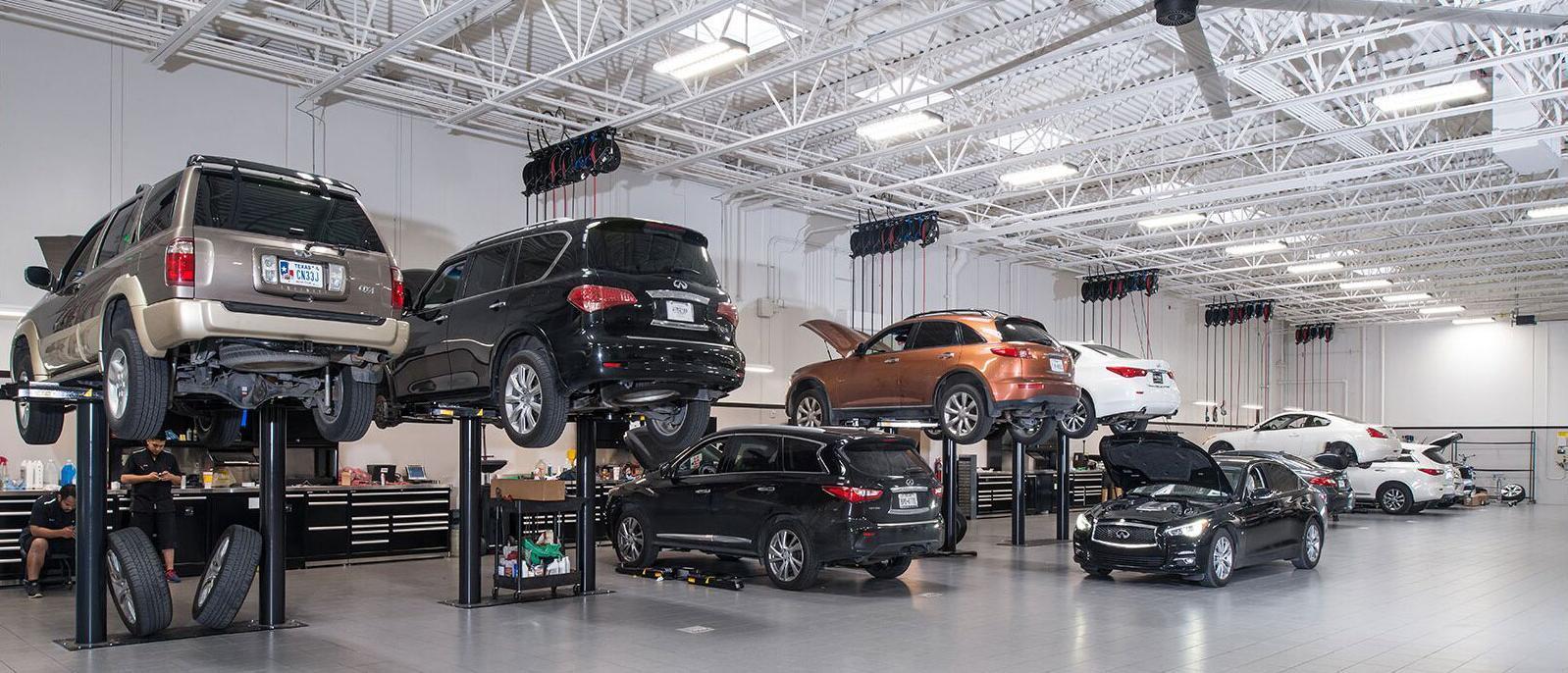All Categories
Featured

When it comes to automobile repairs, one of the most considerable decisions you'll deal with is whether to decide for Original Devices Supplier (OEM) components or aftermarket components. Below, we explore the advantages and factors to consider of both OEM and aftermarket components to aid you choose the right option for your next car repair work.

What Are OEM Parts? OEM components are made by the very same business that made the components in your automobile when it was first built. They are developed particularly for your make and version, ensuring excellent compatibility and top quality efficiency. Given that OEM parts are the exact same ones made use of in the initial setting up of your vehicle, they have a tendency to meet the same high criteria established by the maker.
One of the primary benefits of selecting OEM parts is the guarantee of high quality and dependability. These components are frequently backed by a service warranty, supplying protection versus problems or very early failing. Using OEM components for repairs can assist guarantee that your guarantee continues to be legitimate if your automobile is still under guarantee. Furthermore, because OEM components are made to fit precisely, there's much less risk of installment problems or future problems.

What Are Aftermarket Parts? Aftermarket components, on the other hand, are produced by third-party suppliers that may not be straight associated with the car's initial producer. These parts are developed to fit a selection of automobiles and are usually less costly than OEM components. While many aftermarket parts are of excellent quality, they can vary significantly between makers.
The most considerable benefit of aftermarket parts is their cost-effectiveness. Given that these parts are mass-produced and don't have the exact same overhead prices as OEM parts, they are normally priced reduced. Furthermore, aftermarket components can supply improved efficiency or aesthetic improvements over OEM components. Aftermarket exhaust systems or suspension elements might supply much better performance or a more aggressive look compared to factory-installed parts.
Benefits of OEM Components. Guaranteed Fit and High quality: OEM parts are made to fulfill the precise specs of your vehicle, making certain a best fit and keeping the efficiency requirements that the manufacturer meant. Warranty: Several OEM parts come with a service warranty, supplying tranquility of mind in situation the component is faulty or stops working prematurely. Resale Worth: If you intend on marketing your automobile, using OEM parts can aid keep its resale worth since possible customers often seek vehicles that have actually been repaired with initial parts. Lorry Stability: Utilizing OEM parts aids guarantee that your car continues to do as planned by the maker, maintaining it in optimal condition. Advantages of Aftermarket Components. Reduced Rate: Aftermarket parts are usually more cost effective, which can be a significant consideration if you're on a budget plan or aiming to conserve cash on repair services. Variety and Personalization: Aftermarket components provide a wide array of alternatives, especially for performance upgrades or aesthetic changes, enabling you to individualize your lorry or improve its performance. Wide Schedule: Aftermarket components are generally easier to discover than OEM components, specifically for older lorries or hard-to-find parts. Efficiency Enhancements: Sometimes, aftermarket components are made to offer remarkable efficiency, such as much better brakes or higher-flow air filters that increase horsepower. Downsides of OEM Components. Higher Price: OEM components tend to be extra pricey than aftermarket options, which may be a disadvantage for car proprietors on a tight budget. Minimal Choices for Personalization: OEM parts are designed to replace the original elements with no improvements, so they may not provide efficiency upgrades or visual modifications. Availability: Depending on the make and version of your automobile, OEM parts can in some cases be difficult to discover, specifically if your auto is older or has actually been ceased. Disadvantages of Aftermarket Parts. Inconsistent Top quality: The top quality of aftermarket components can vary greatly in between producers. While some are made with top notch materials, others may be much less resilient or poorly built, which could cause faster wear and tear. Possible Fitment Issues: Aftermarket components may not constantly fit your lorry as exactly as OEM parts, resulting in possible compatibility problems or added work throughout setup. Service Warranty Problems: Making use of aftermarket parts may void your manufacturer's service warranty or bring about complications if a failing happens that belongs to the aftermarket part. Just how to Determine In Between OEM and Aftermarket Parts. Picking in between OEM and aftermarket components relies on a number of variables, including your budget plan, the age and problem of your vehicle, and your details repair work demands.
Spending plan: If cost is your primary worry, aftermarket components are often the a lot more economical option. Nevertheless, it's crucial to weigh the long-term value of your choice. If you go with a less expensive aftermarket component that doesn't perform well or needs constant replacements, you might finish up spending a lot more in the long run. Vehicle Age and Problem: For newer automobiles still under guarantee or those in exceptional condition, OEM components are usually suggested to keep the cars and truck's honesty and ensure it proceeds to run as meant. For older cars, aftermarket parts may offer an extra affordable service without endangering performance. Fixing Type: Some repairs, especially safety-related parts like airbags or brake systems, are best taken care of with OEM parts to make sure ideal security and integrity. For non-essential repairs or efficiency upgrades, aftermarket components might supply a great equilibrium between price and performance. Final thought. The decision in between OEM and aftermarket components depends on your specific demands, preferences, and spending plan. While OEM components use ensured quality and reliability, aftermarket parts give cost financial savings and the possibility for performance improvements or modification.
Latest Posts
The Impact of Weather on Commercial Roofs and How to Protect Them
Published Jan 07, 25
1 min read
Choosing the Right Bathroom Fixtures: A Guide for Metro Detroit Residents
Published Jan 07, 25
1 min read
Expert Tips for Caring for Your Floor Tile Floors
Published Jan 06, 25
1 min read
More
Latest Posts
The Impact of Weather on Commercial Roofs and How to Protect Them
Published Jan 07, 25
1 min read
Choosing the Right Bathroom Fixtures: A Guide for Metro Detroit Residents
Published Jan 07, 25
1 min read
Expert Tips for Caring for Your Floor Tile Floors
Published Jan 06, 25
1 min read